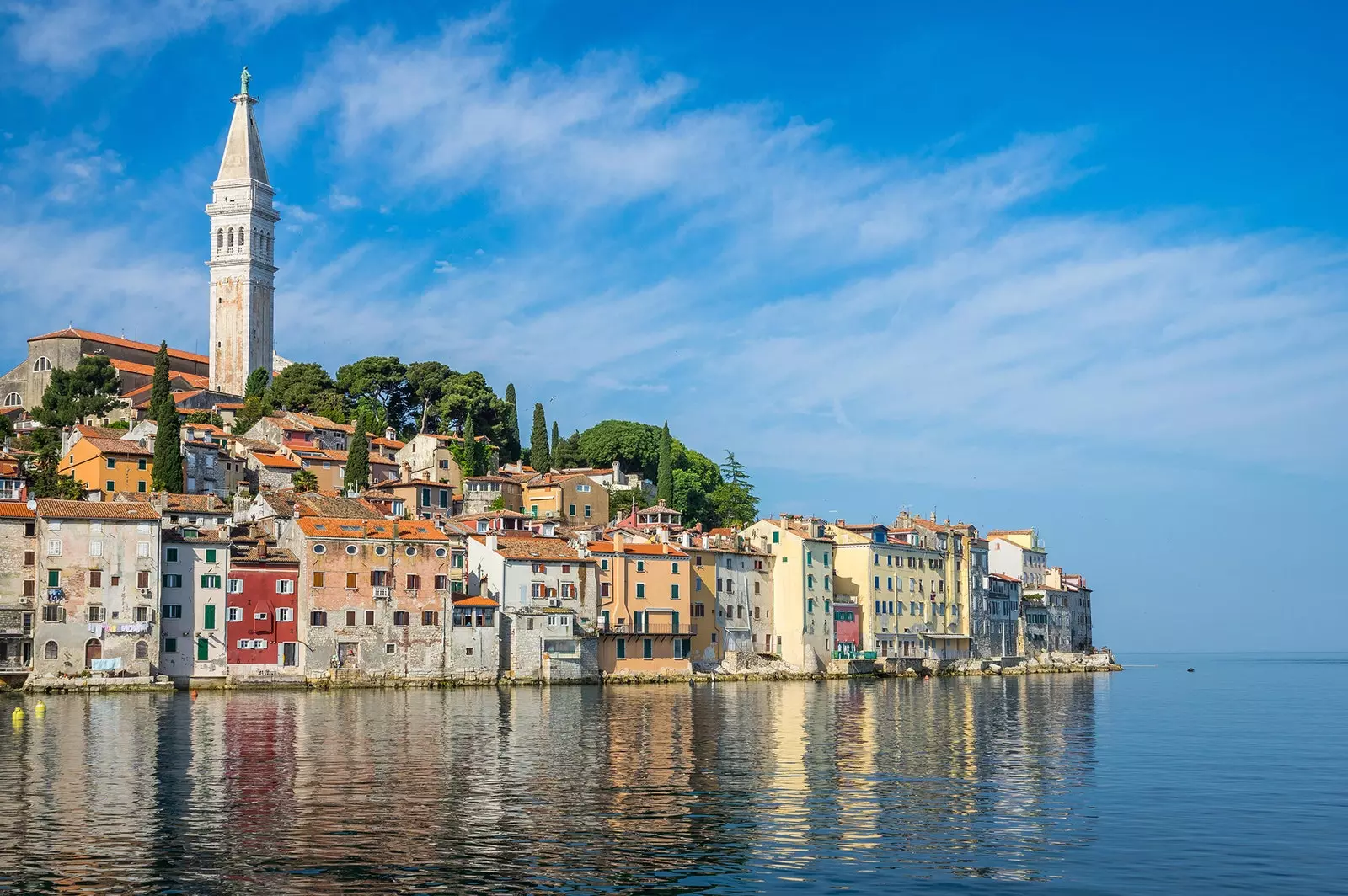
Rovinj or the perfect romantic villa
Dominating the Adriatic from the southern tip of the Istrian peninsula, Pula It has been, since the times of the Roman Empire, a strategic booty for the powers that have disputed the area. Emperor Augustus was the first to start developing the city, but Venetians and Austro-Hungarians would end up conferring on it the great historical legacy which you can boast today.
Not far from there, the small fishing port of Rovinj represents the perfect picture of a romantic villa.
Around both Croatian towns, and if all these benefits were not already enough, nature does its part, providing islands, forests, beaches, coves, mountains and rivers. A cocktail that makes an unforgettable route.
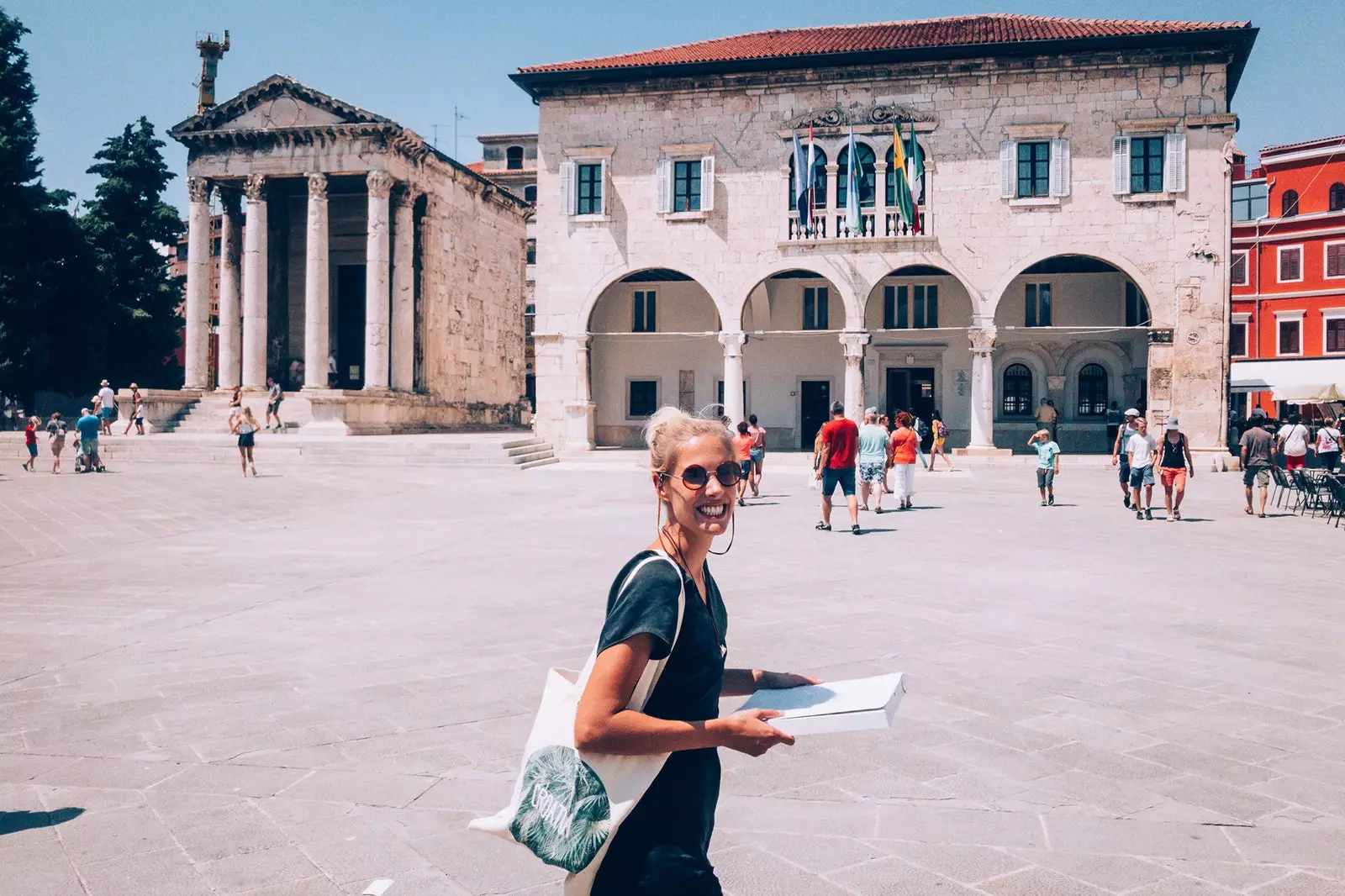
A traveler in front of the Communal Palace of Pula
PULA, ROMAN JEWEL AND MILITARY PORT
When a big concert is announced in Pula, an open-air performance or the Croatian national team plays an important football match that is broadcast on a giant screen, people continue to congregate in the same place as they did more than 2,000 years ago.
The Pula Forum maintains the grandiose aura it had in the times of Augustus, due to the stupendous preservation of its main buildings, such as the Temple of Augustus and the Communal Palace of Pula. The first of them was helped by the fact that will be transformed into a church after the conversion of the Romans to Christianity, while the second had its origin in a temple dedicated to the Roman goddess Diana, to be used as town hall until the 13th century. The current building was erected at that time, but remains of the original Roman temple can still be seen.
The Arches of Hercules and The Sergius - which is in almost perfect condition despite dating from 30 a. C. – are other pearls of the Roman legacy, but none surpasses in beauty and magnificence the real jewel in the crown: the Pula Arena.
The Pula Arena, built in the 1st century, is one of the largest and best preserved Roman amphitheaters in the world . Its three-storey structure rises majestically in the city center and still inside the stands are clearly visible in which more than 20,000 people cheered gladiators who fought to the death on the arena to save their lives. The lower passages , through which the gladiators moved, are also preserved in perfect condition.
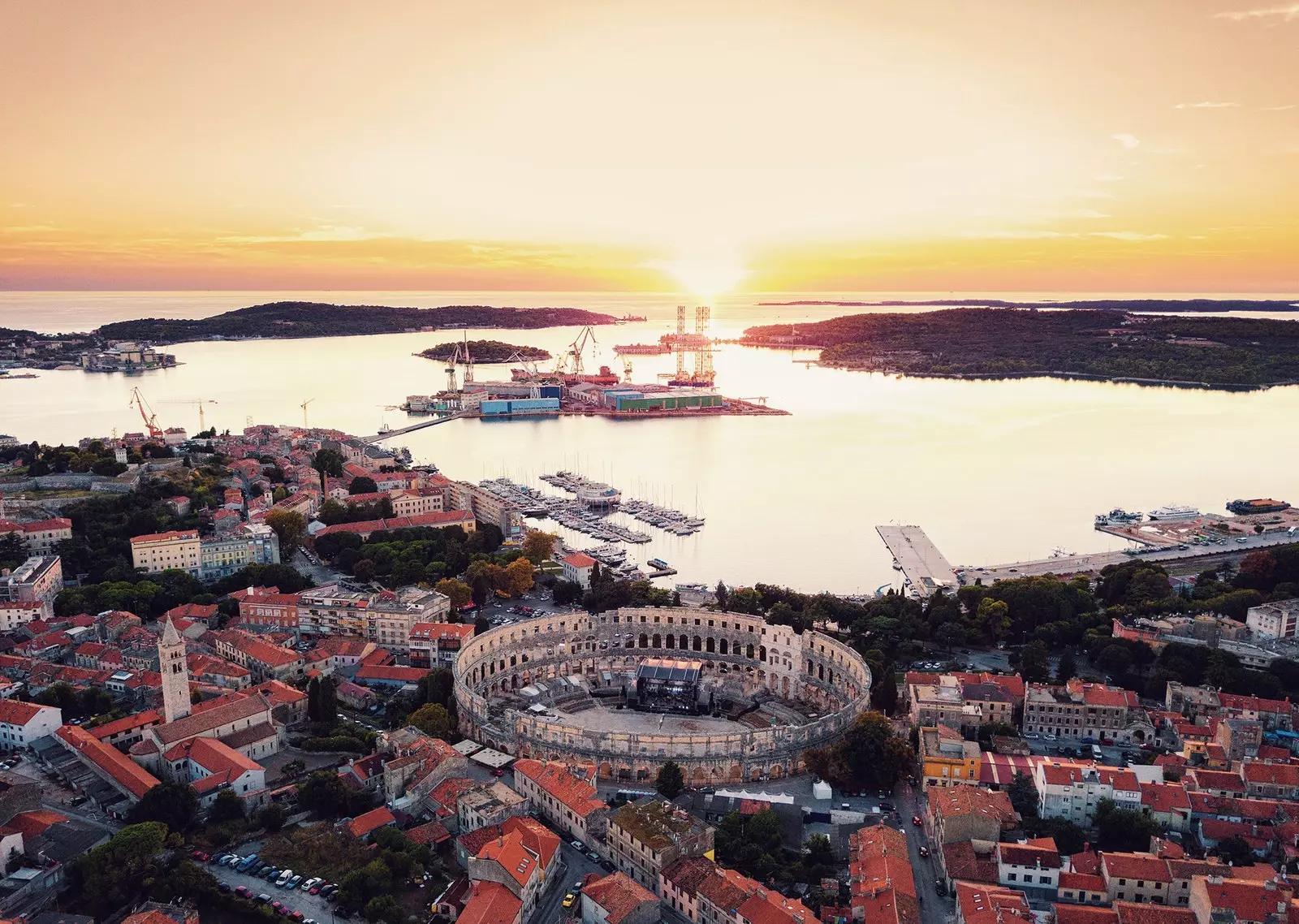
Pula amphitheater seen from the air
His little brother is on a green slope of the hill that overlooks the city. In this theater functions of Greek and Roman authors were represented, and the voices of the actors still seem to resonate when you walk through its stone steps, invaded by grass, in total solitude.
The other emblematic work of Pula is his castle, a star-shaped fortress erected by the Venetians in the 17th century to protect their main port on the Adriatic. Walking along its walls you run into watchtowers that alternate with cannons.
In the surroundings of Pula there are another 26 Austro-Hungarian defensive fortresses. The way to recognize them is quite simple, because all of them have a circular floor plan, as a strategy to defend against artillery attacks. Two of the most visited are the forts of Punta Christo and Bourguignon.
To understand the complex and extensive history of Pula, it is worth visiting the Archaeological Museum of Istria .
As night falls, dim lights illuminate the city's many monuments, creating the perfect atmosphere to stroll through its charming streets trying to imagine how life would have been in them centuries ago, when Pula was a port coveted by the most important empires in the world.
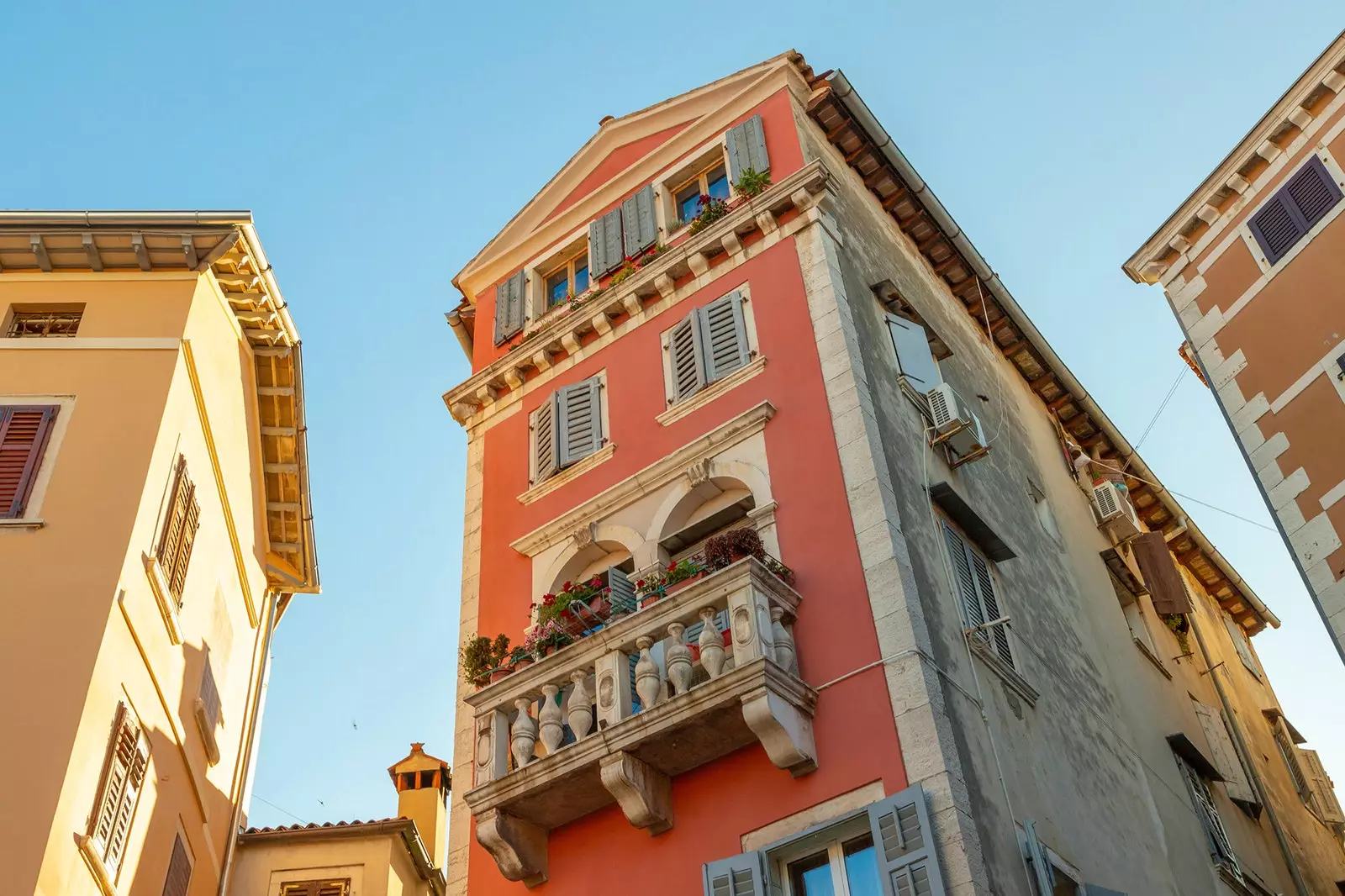
Rovinj boasts of Venetian past
ROVINJ, A ROMANTIC PORT WITH A VENETIAN PAST
Life in Rovinj seems to pass at two different speeds. On the one hand, tourists walk slowly, looking for the perfect corner to photograph it until exhaustion, trying to decide which restaurant they are going to eat at or locating on a small map what places of interest are around them.
For another, at dawn the activity is frenetic in the fishing port. The neighbors of a lifetime continue to fish in waters that, like all those on the planet, are less and less generous. When they return with their catch of the day, They try to sell their loot to the restaurants that populate the port area of Rovinj, trying to avoid the targets of the tourists' mobile phones and cameras.
The historic center of Rovinj leaves no doubt about the Venetian past of the city. Narrow cobbled pedestrian streets form a labyrinth in which, despite its small size, it is almost impossible not to get lost.
However, getting lost in that tangle is one of the best pleasures that the city offers. This is how you end up in an alley that leads directly into the sea and which overlooks two or three houses with two floors and colorful facades.
At the door of one of them, two neighbors enjoy the pleasant afternoon sitting on blue wooden chairs and worn wicker. They give you a brief look, to quickly return to their trivial conversation punctuated by healthy laughter.
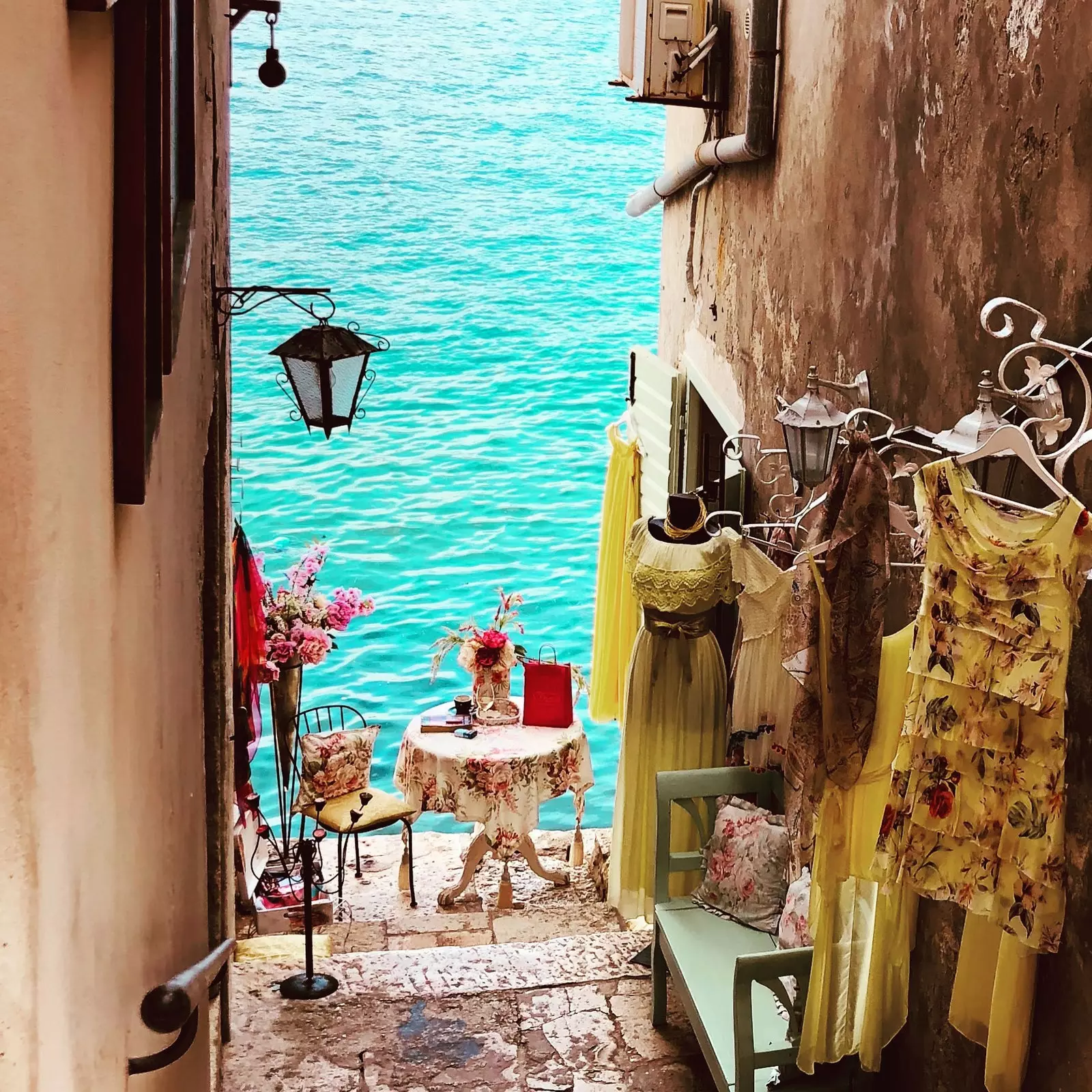
The wonder of getting lost in its streets
These little things you will not be able to see from the top of the tower of the church of Santa Eufemia, that rises 61 meters above the foundations of Rovinj and it bears a more than reasonable resemblance when compared to the tower that dominates the Venetian Plaza de San Marcos.
From the heights you can enjoy the picture of a beautiful city, but also, in the distance, of overwhelming nature.
FORESTS, BEACHES AND RIVERS
A few kilometers south of Pula is, surrounded by a constellation of small islands, the southernmost point of Istria, Cape Kamenjak.
This spit of land and rocks jutting out into the crystalline waters of the Adriatic is covered by green patches of pine forest. On any summer day it is not difficult to see the young locals launching themselves from the highest rocks into the sea.
The best way to get to Cape Kamenjak from Pula is by bike, however you will have to Take a boat from the nearby town of Fazana to explore the amazing beauty of the Brijuni National Park.
In Brijuni you will be greeted by a myriad of small islands overwhelmed by dense vegetation and where narrow white sand beaches They look like scars that prove the passage of centuries.
Dinosaur footprints and Roman villas They are other Brijuni assets that awaken the archaeologist soul of any traveller.
Finally, get lost, departing from Rovinj by land or sea, in the coniferous forests surrounding the Lim River canyon. with a length of 10 kilometres , points at which the channel reaches 600 meters wide and the surrounding hills rising up to 100 meters, will give you the impression of being immersed in a beautiful fjord.
Here, the sunsets fill with melancholy an area that seems to want to rest from the great responsibility that history has granted it.
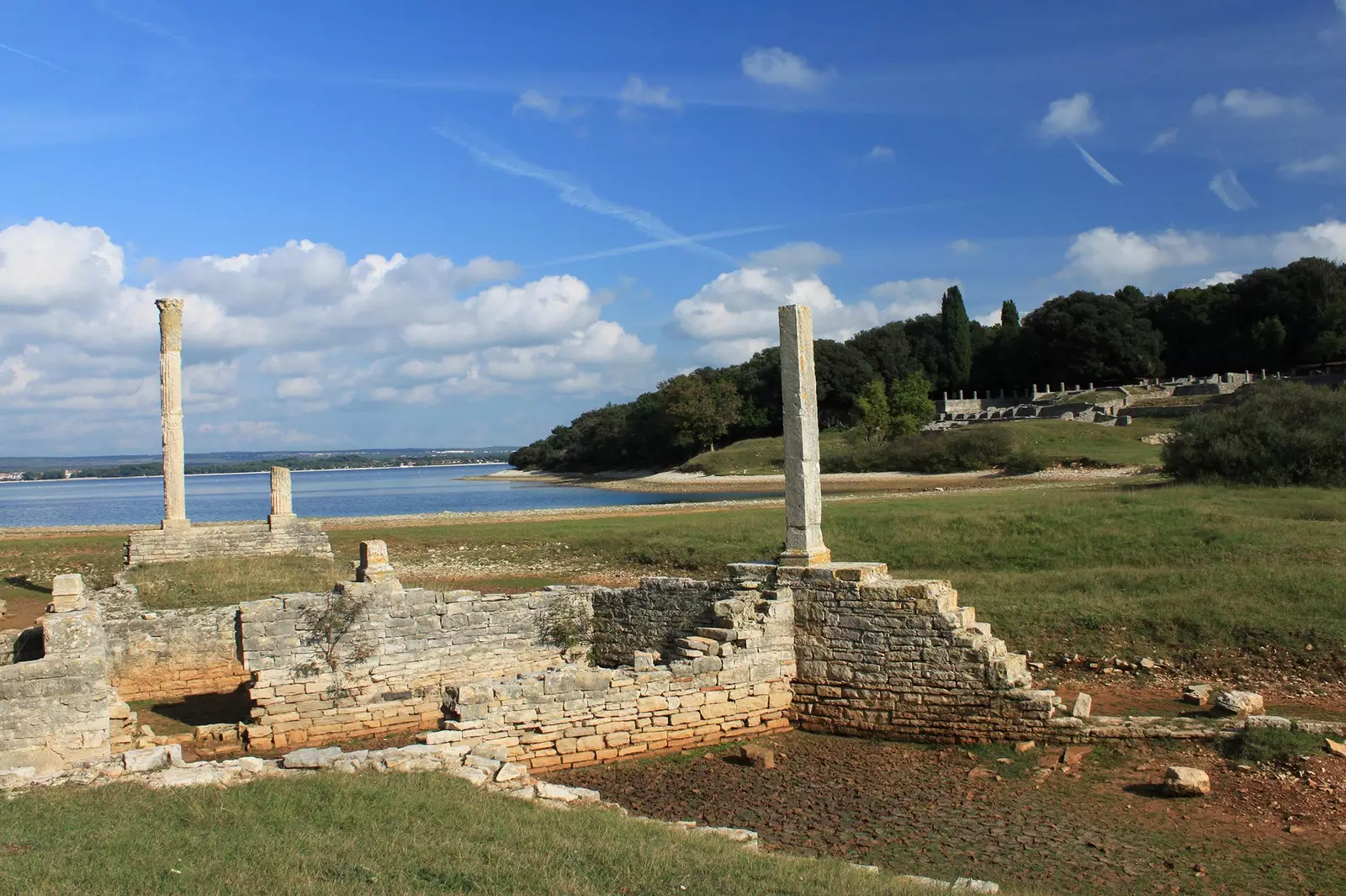
Brijuni National Park
